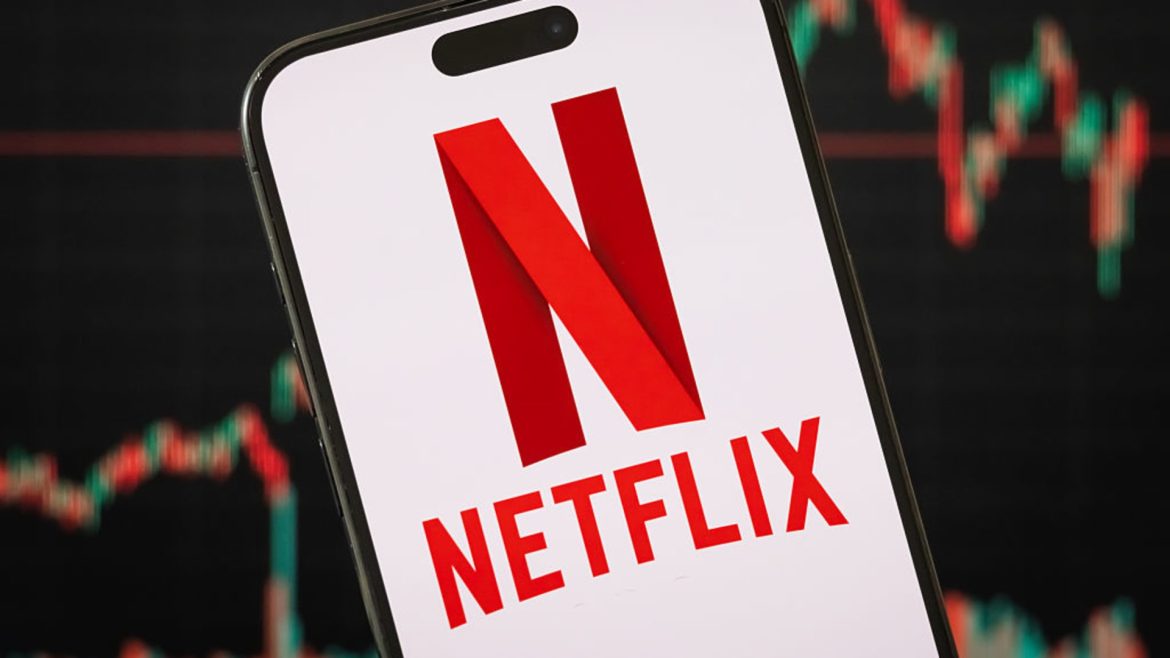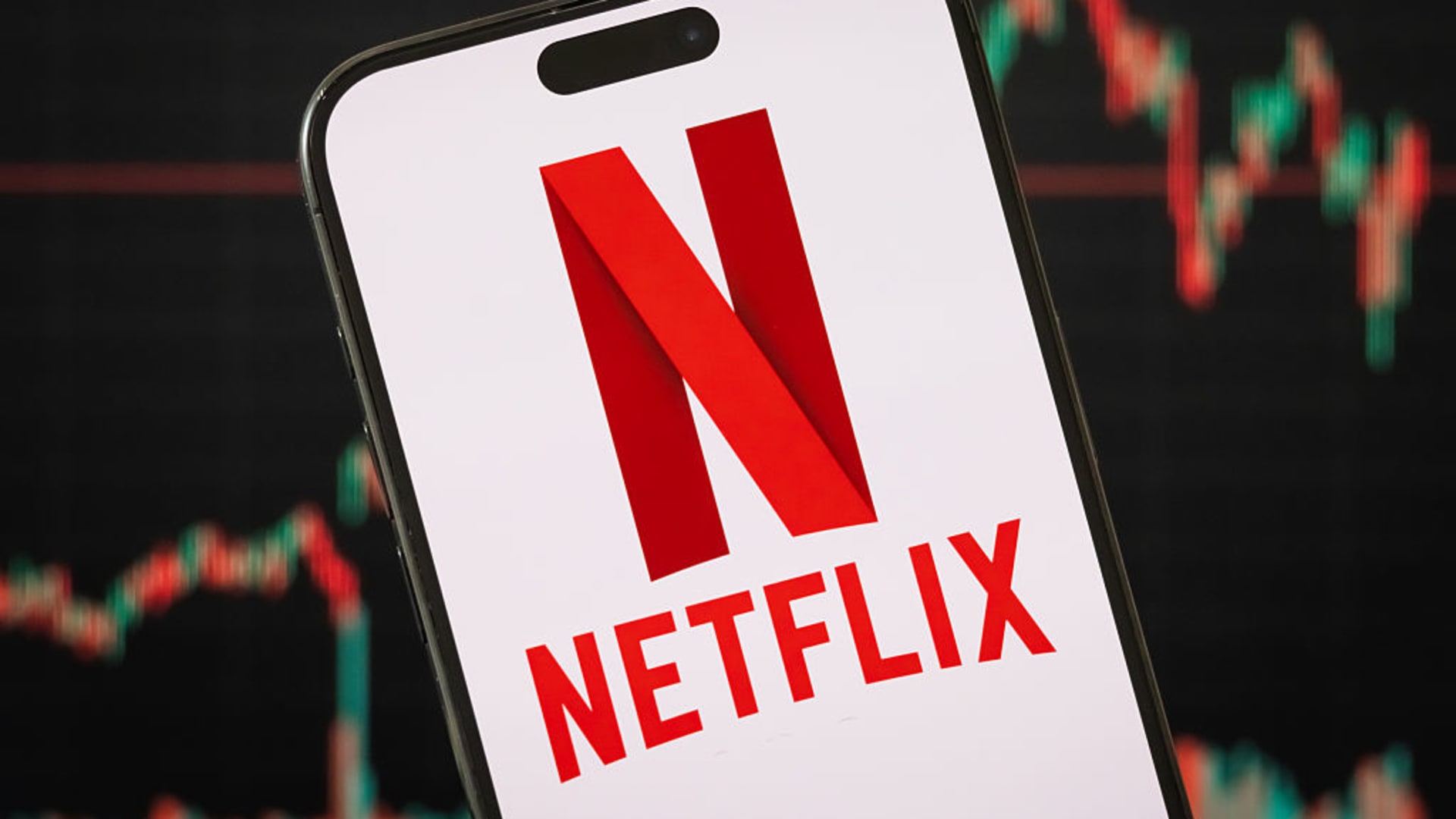Analyzing the Growth and Impact of Netflix’s Ad-Supported Tier: A Comprehensive Outlook
Introduction: The Rise of Netflix’s Ad-Supported Model
Over the past two years, Netflix has undergone a significant transformation in its strategic approach to content monetization and audience engagement. Once primarily known for its subscription-based, ad-free streaming service, Netflix’s introduction of an ad-supported tier marked a pivotal shift to diversify revenue streams and expand its user base. The proliferation of data and analytics regarding its ad-supported segment illustrates a remarkable trajectory—one that underscores both Netflix’s adaptability in a competitive streaming landscape and the evolving consumer preferences for more flexible, affordable viewing options.
This detailed analysis dissects the rapid growth, demographic reach, engagement levels, and strategic implications of Netflix’s ad-supported tier, synthesizing multiple recent reports and statistics to paint a comprehensive picture of its current state and future prospects.
The Rapid Expansion of the Ad Tier: Quantitative Milestones
From Initial Launch to Mass Adoption
Netflix launched its ad-supported tier in November 2022, initially positioning it as a budget-friendly alternative to its traditional ad-free packages. Within just two years, the service has experienced exponential growth, driven by a broadening consumer demand for lower-cost streaming options. According to recent data, the ad tier now boasts approximately 94 million monthly active users (MAUs) globally, compared to around 70 million in November 2024—a substantial increase of 34%, reflecting heightened consumer acceptance and a strategic push by Netflix to gain market share.
Comparative Growth Trajectory
This surge in user numbers illustrates an aggressive growth pattern. Notably, the 94 million MAUs represent an almost doubling of the user base within a relatively short period, with some reports emphasizing that from May 2024 to the present, the ad tier’s global monthly users more than doubled—from 40 million to nearly 94 million. Such rapid expansion indicates the platform’s successful scaling and the increasing appeal of ad-supported models amid economic uncertainties and shifting viewer expectations.
Uptake Relative to Initial Benchmarks
Interestingly, early figures showed that just 5 million viewers engaged with the ad-supported tier in May 2023, but this figure soared to over 23 million by early 2024. Also, the count of global users has ascended from a modest 23 million to an impressive 94 million, highlighting not only platform scaling but also an often-overlooked element: consumer willingness to accept advertising in exchange for affordability.
Engagement Levels: The Hours That Matter
Viewer Engagement: An Indicator of Content Effectiveness
Beyond mere user counts, engagement metrics reveal how Netflix’s ad-supported segment has matured. On average, users in this tier now consume approximately 41 hours of content per month, aligning with the levels observed in traditional Netflix subscribers. This signifies that despite the presence of ads, consumers maintain high engagement, suggesting that ads are not deterrent but perhaps an integrated element of the viewing experience.
Implication of Engagement Duration
The high engagement level—averaging around 41 hours per month—indicates that viewers are not just passively tolerating ads but actively engaging with the platform’s content. This counters early skepticism that ad-supported tiers would lead to diminished engagement; instead, it reveals a robust consumer appetite willing to trade some degree of ad tolerance for cost savings. Such a trend is beneficial for advertisers seeking comprehensive reach within a highly engaged population.
Demographics: The Sweet Spot of Target Audience
Targeting the 18-34 Age Group
A key highlight from Netflix’s recent presentations is the demographic composition of its ad-supported users. Amy Reinhard, Netflix’s advertising chief, emphasized that the platform now has more 18-34-year-old ad-supported users than any broadcast or cable network. This is strategically significant, as this age group tends to be highly desirable for advertisers due to their influence, purchasing power, and digital nativity.
Advantages Over Traditional Networks
Compared to traditional broadcast and cable outlets, which often have aging demographic profiles, Netflix’s younger audience profile grants advertisers more targeted, efficient access to a vital market segment. Moreover, this demographic displays higher engagement levels, spending roughly 41 hours per month—comparable to paying subscribers—thus enhancing monetization opportunities.
Revenue and Monetization Strategies
Revenue Implications of User Growth
The influx of 94 million users in the ad tier constitutes a massive opportunity for Netflix’s revenue streams beyond subscription fees. While the precise revenue per user (ARPU) may vary depending on ad load and content partnerships, the sheer volume of active users enhances ad impressions, click-through rates, and overall advertising revenue.
However, the company appears cautious about overtly emphasizing revenue figures from the ad segment, perhaps due to ongoing evaluations of ad load, user experience, and advertiser demand. Still, the consistent growth signals a promising horizon, with the ad tier supplementing traditional subscription revenue amid slowing subscriber growth in other segments.
Advertising Effectiveness: The Promise of Engagement
Signaling market confidence, Netflix’s ad chief highlighted that the ad-supported tier’s viewer engagement levels mirror those of traditional accounts, underlining the effectiveness of its ad formats and content strategy. This parallel engagement demonstrates that viewers are receptive to ads, especially given the platform’s curated content and high-quality offerings, thus making Netflix an attractive venue for advertisers.
Content Strategies and User Experience
Balancing Content and Advertising
To sustain and further grow the ad-supported segment, Netflix must navigate the delicate balance between content quality and advertising frequency. Data suggest that viewers value uninterrupted, engaging content, and excessive advertising could risk alienating users. Early offerings are indicating that Netflix is cautiously offering ads—roughly 4-5 minutes per hour—aiming to optimize ad revenue while maintaining viewer satisfaction.
As the tier matures, refinements in ad targeting, personalization, and frequency will be crucial to maintaining high engagement levels. The strategic inclusion of relevant, non-disruptive ads aligns with Netflix’s reputation for quality and user-centric experiences.
Future Outlook: Opportunities and Challenges
Market Potential and Competitive Edge
The solid expansion of Netflix’s ad tier places it at the forefront of AVOD (advertising-based on-demand) streaming services. Its ability to attract young, highly engaged audiences surpasses many traditional broadcasters, positioning Netflix as a formidable player in the digital advertising realm.
Furthermore, the platform’s extensive content library and global reach will enable targeted advertising strategies, appealing to advertisers seeking both broad exposure and niche audience targeting. As the ad-supported tier continues to evolve, Netflix has an unparalleled opportunity to refine its ad offerings, leverage data analytics, and enhance revenue streams.
Challenges and Strategic Risks
Nevertheless, the segment faces several hurdles. Ensuring ad quality, relevance, and user experience remains paramount. Overloading viewers with ads or delivering poorly targeted campaigns could undermine engagement and brand perception. Additionally, regulatory scrutiny concerning data privacy and advertising transparency presents evolving challenges.
Another pressing concern involves maintaining content premium quality amid the increased volume of ads and potential revenue pressures. The risk of alienating existing subscribers who prefer ad-free experiences or dislike advertising must also be managed carefully.
Key Strategic Considerations
To capitalize on its growth, Netflix should:
– Invest in advanced ad targeting and personalization to maximize relevance and effectiveness.
– Continuously monitor viewer engagement and satisfaction metrics, adjusting ad loads accordingly.
– Expand partnerships with advertisers, emphasizing its unique demographic reach, especially among younger viewers.
– Innovate in content and ad formats, integrating ads seamlessly into the viewing experience without disrupting content flow.
Conclusion: The Power of Data-Driven Transformation
The data-driven growth of Netflix’s ad-supported tier underscores a pivotal shift within the streaming industry—moving towards diversified revenue models that balance subscription and advertising income. Reaching nearly 94 million monthly active users with high engagement levels epitomizes Netflix’s strategic agility and its understanding of evolving consumer preferences.
By harnessing its demographic advantages and maintaining content excellence alongside effective ad strategies, Netflix stands poised to redefine its market position. This expansion not only bolsters its financial resilience but also signals a broader industry trend—viewers are increasingly open to, and even expect, a blend of free, ad-supported access alongside premium, subscription-based content.
As Netflix continues to refine its approach, its success serves as a blueprint for other streaming platforms navigating the complex landscape of viewer engagement, advertising efficacy, and revenue diversification. The journey ahead promises continued innovation, strategic adaptation, and a deeper understanding of the modern viewer’s evolving cinematic and digital habits.
*The future of streaming is not just about watching content—it’s about creating a sustainable, engaging ecosystem where viewers, content creators, and advertisers thrive together.*


